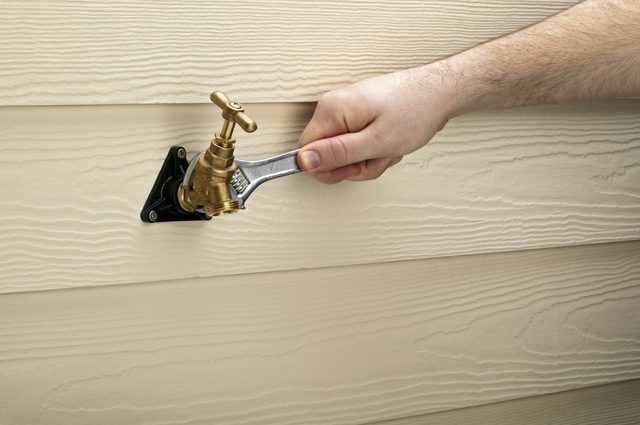Bulbs
Flower Basics
Flower Beds & Specialty Gardens
Flower Garden
Garden Furniture
Garden Gnomes
Garden Seeds
Garden Sheds
Garden Statues
Garden Tools & Supplies
Gardening Basics
Green & Organic
Groundcovers & Vines
Growing Annuals
Growing Basil
Growing Beans
Growing Berries
Growing Blueberries
Growing Cactus
Growing Corn
Growing Cotton
Growing Edibles
Growing Flowers
Growing Garlic
Growing Grapes
Growing Grass
Growing Herbs
Growing Jasmine
Growing Mint
Growing Mushrooms
Orchids
Growing Peanuts
Growing Perennials
Growing Plants
Growing Rosemary
Growing Roses
Growing Strawberries
Growing Sunflowers
Growing Thyme
Growing Tomatoes
Growing Tulips
Growing Vegetables
Herb Basics
Herb Garden
Indoor Growing
Landscaping Basics
Landscaping Patios
Landscaping Plants
Landscaping Shrubs
Landscaping Trees
Landscaping Walks & Pathways
Lawn Basics
Lawn Maintenance
Lawn Mowers
Lawn Ornaments
Lawn Planting
Lawn Tools
Outdoor Growing
Overall Landscape Planning
Pests, Weeds & Problems
Plant Basics
Rock Garden
Rose Garden
Shrubs
Soil
Specialty Gardens
Trees
Vegetable Garden
Yard Maintenance
How to Connect Garden Hose to PVC
Instructions for cutting PVC pipe, gluing on an adapter, screwing on a faucet and attaching a hose to it.
Garden hoses have 3/4-inch hose-thread connectors, and the female end of the hose is the one you normally attach to the water supply. The plumbing valve to which you attach the hose, which is also known as a hose bibb, spigot or faucet, has the required male hose connector, and you connect this valve directly to the water supply pipe. Outdoor faucets are usually made of a metal, such as brass, so if the incoming water supply pipe is PVC, the only way to connect them is to glue a threaded adapter to the pipe. Make sure your water supply is off before you begin.

Cut and Support the Pipe
Make a clean cut on the end of the PVC pipe with a hacksaw. If the pipe is sticking out from the siding of your house, leave at least 2 inches between the end of the pipe and the siding to allow room for the adapter. Keep your free hand out of the way of the saw while you're cutting.
Deburr the end of the pipe with sandpaper or a file.
Secure the pipe to a solid surface, such as the house siding, using clamps. You normally only need to do this if the pipe is rising out of the ground.
Things You'll Need
Hacksaw
Sandpaper or file
Pipe clamps, screws and screwdriver
Glue on the Adapter
Spread PVC primer on the outside of the end of the pipe and on the inside of a male threaded adapter. Apply the primer with the applicator that comes in the can. Use an adapter with a slip connection that fits the pipe and 3/4-inch pipe threads on the other end.
Warning
Always connect a faucet with a female adapter to a PVC male adapter. If you connect a faucet with male threads to a PVC female adapter, there's a good possibility of the adapter cracking or leaking.
Apply PVC glue to the outside of the pipe and inside of the adapter.
Slip the adapter onto the pipe and twist it 1/4 turn. Do this immediately -- the glue sets quickly. Hold the adapter in place for 10 seconds to prevent it from backing off.
Tip
Skip the primer by using two-in-one PVC primer and glue.
Things You'll Need
PVC threaded adapter
PVC primer
PVC glue
Screw on the Faucet and Attach the Hose
Wrap plumbing tape clockwise around the threads of the male adapter. This ensures a waterproof seal.
Screw the faucet onto the adapter and tighten it as much as you can by hand. Use a wrench to tighten it more. Hold the pipe steady with adjustable pliers while to tighten the faucet to prevent the pipe from breaking.
Turn off the faucet, turn on the water and check for leaks. Tighten the faucet more if water sprays from the connection.
Screw the hose connector to the faucet. Tighten the connector hand-tight, then turn on the faucet.
Things You'll Need
Faucet
Plumbing tape
Wrench
Adjustable pliers